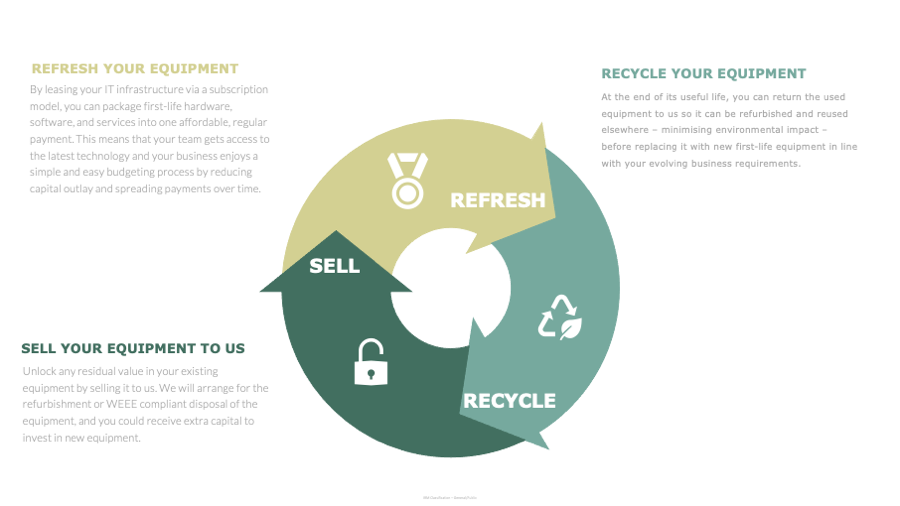
As we step into 2024, several key technological trends are set to shape the business landscape. Some have raised their heads already during 2023, while others are still less well known. But all will have a significant impact on the business world.
Your propensity to engage or not will have a significant impact on the future success of your business. So in this article, we explore these trends and outline the benefits they can deliver to your business.
What’s going to be hot in 2024?
1. Artificial Intelligence (AI) and Machine Learning (ML):
The adoption of AI and ML is set to become more widespread in 2024. These technologies empower businesses to analyse vast datasets, automate tasks, and make data-driven decisions. Businesses can leverage AI-powered tools for customer service, predictive analytics, and process automation to enhance efficiency and competitiveness.
2. 5G Technology:
The rollout of 5G networks is set to revolutionise connectivity, providing faster and more reliable internet speeds. Businesses can capitalise on 5G to enhance communication, streamline remote work, and enable innovative applications such as augmented reality (AR) and virtual reality (VR) experiences. Although be aware that 6G networks are currently being developed and are coming.
3. Cybersecurity Advancements:
As cyber threats continue to evolve, businesses must prioritise cybersecurity. In 2024, we anticipate the emergence of more advanced cybersecurity solutions, including AI-driven threat detection, blockchain for secure transactions, and zero-trust security models. Implementing robust cybersecurity measures is essential for safeguarding sensitive data and maintaining customer trust.
READ MORE: THE IMPORTANCE OF BEING CYBER SECURE
4. Blockchain Technology:
Beyond its association with cryptocurrencies, blockchain technology offers secure and transparent solutions for various business processes. From supply chain management to smart contracts, businesses can leverage blockchain to enhance transparency, reduce fraud, and streamline transactions.
5. The Circular Economy
The Circular Economy focuses on a sustainable approach to the lifecycle management of technology assets. Instead of outdated equipment ending up in landfills, businesses can return or upgrade equipment at the end of its useful life, contributing to a more sustainable, circular approach to technology.

6. Augmented Connected Workforce:
An augmented connected workforce uses augmented reality to connect remote workers. The system allows workers to collaborate and share information in real-time, regardless of where they are. Augmented reality and the metaverse will transform the service industry, for example, hardware repair and warehouse picking and packing.
7. VoIP Telephony
VoIP telephony is nothing new, and indeed has been around for some time now. But it makes it onto our list because of a significant move by BT to switch off the old PSTN analogue telephone network in December 2025. So 2024 will see many companies, who currently rely on the old analogue network, making plans to transition to VoIP technology and as such its take-up will be unprecedented.
READ MORE: THE PSTN SWITCH OFF AND YOUR BUSINESS
Advantages of Embracing New Technologies
1. Improved Efficiency and Productivity:
Adopting advanced technologies enables businesses to automate repetitive tasks, streamline processes, and boost overall efficiency. This efficiency translates into increased productivity and allows employees to focus on higher-value tasks.
2. Enhanced Customer Experience:
Technologies such as AI and data analytics empower businesses to gain deeper insights into customer behaviour, preferences, and trends. This information can be leveraged to personalise offerings, and enhance the overall customer experience.
3. Competitive Edge:
Embracing new technologies gives businesses a competitive edge in the market. It allows businesses to stay agile, adapt to changing market conditions, and offer innovative solutions that differentiate them from competitors.
4. Cost Savings in the Long Run:
While the initial investment in new technologies may be significant, the long-term cost savings can outweigh these expenses. Automation, improved decision-making through data analytics, and optimised processes contribute to cost efficiency over time.
5. Scalability and Flexibility:
Many modern technologies are designed to scale with business growth. Cloud computing, for example, allows SMEs to scale their IT infrastructure based on demand, providing flexibility and agility in adapting to changing business requirements.
While the benefits are clear, there are challenges associated with adopting new technologies. In a further article we explore these challenges and provide practical advice to help you to consider and ultimately benefit from these advancements.
